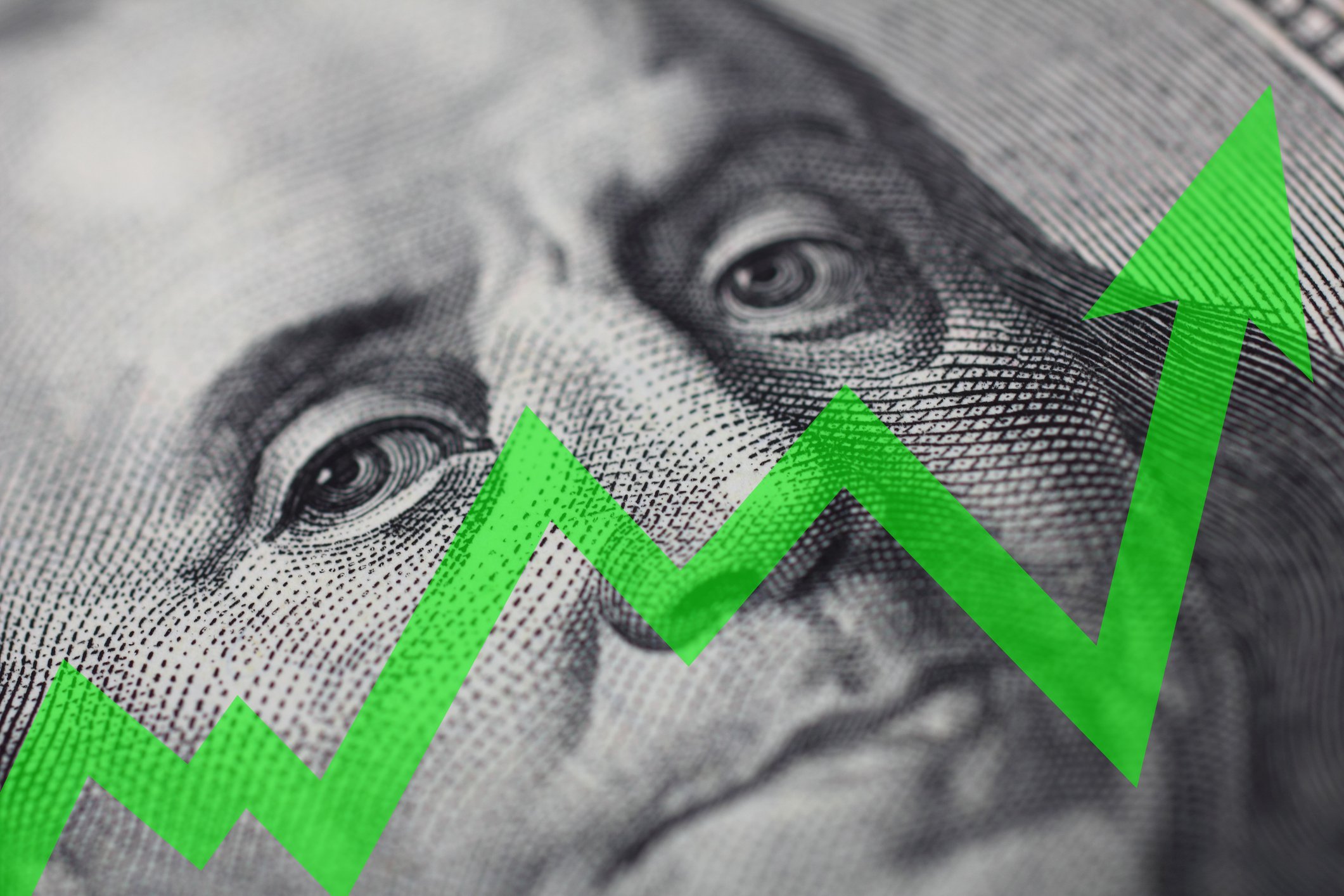Amazon (AMZN 2.47%) CEO Jeff Bezos has released an annual shareholder letter every year since 1997. A lot has changed in the past 20 years for the company that hit $177 billion in revenue in 2017, up from $148 million in 1997.
In this year's letter, Bezos attributed Amazon's success partly to customer's high standards. As he said, "yesterday's 'wow' quickly becomes today's 'ordinary,'" and Amazon must continually strive to please these hungry customers.
Bezos also got very specific about Amazon's recent performance, giving more transparency behind its Prime program than ever before. While his six-page letter and the annual report released alongside it are worth a read in their entireties, here are the three most important takeaways.

Amazon revealed that it has 100 million Prime members. Image source: Amazon.
1. Amazon Prime has 100 million members
For the first time in Amazon Prime's 13-year history, Bezos revealed how many people across the globe are signed up for the membership program: over 100 million. That's not a huge surprise based on estimates of Prime hitting 90 million in September, but it's nice to finally have a solid number confirmed by Amazon.
The membership program that offers perks like free two-day shipping on over 100 million items in the U.S. is proving to be a lucrative strategy for Amazon. In 2017, Amazon shipped more than five billion items through its Prime program, Bezos said. And the program continues to grow, with more people signing up for a Prime membership in 2017 than in any previous year.
Amazon's annual report showed that the company made a total of $9.7 billion from subscription services in 2017, up from $6.4 billion in 2016. The figure includes revenue from other subscription services, such as Kindle or Amazon Music, but it was still only about 5.5% of Amazon's total revenue last year.
However, the revenue Amazon gets from the Prime fee has never been that important. Prime members are valuable to Amazon not for the annual or monthly fee they pay, but because they spend more money on the platform than non-members. Amazon's long-term growth is largely dependent on its base of Prime members that regularly buy items from its platform, shop at Whole Foods, buy its Alexa products, and use its video platform and music services.
2. Amazon's median pay is a low $28,446
Amazon disclosed that its median worker compensation in 2017 was just $28,446. This is another number that Amazon revealed for the first time this week, although it's because a new SEC rule now requires all companies to report the difference in salary between the CEO and their employees.
The number is based on the salaries of Amazon's 560,000 current full-time and part-time employees, according to Bezos' letter. However, the low figure still seems to indicate that Amazon is run largely by fulfillment center workers. A current job posting for a part-time Amazon fulfillment worker based in Indiana says they can expect to earn $12.75 per hour.
Meanwhile, Bezos earned $1.68 million in 2017 thanks to a low salary of $81,840 and $1.6 million in security costs that Amazon paid for him. This past November, Bezos' net worth hit $100 billion, so he is doing just fine without a three-figure salary.
3. Amazon is winning in India
Amazon.in launched about five years ago and is already the fastest-growing marketplace in India, Bezos claimed. He cited data from App Annie that said the Amazon.in mobile shopping app was the most downloaded app in India in the shopping category last year. However, he did not release any financial figures behind the operations in India.
This doesn't mean that Amazon.in has already dethroned Indian e-commerce giant Flipkart; it just means Amazon is now growing at a faster pace than Flipkart. However, Flipkart launched in October 2007, so it had about 5.5 years of peaceful growth before Amazon stepped into the country. Last year, Flipkart lost $1.4 billion on $3 billion in revenue.
And Flipkart is about to get a lot bigger thanks to added help from a big-time Amazon rival: Walmart. After months of talking, Walmart is finally nearing a deal to buy a controlling stake (more than 51%) in Flipkart as a means to get a head start against Amazon in India. The deal could come by the end of April and would value Flipkart at around $18 billion, The New York Times reported.
India is becoming a hotbed for competition among online retailers because the country's e-commerce market is expected to grow to $200 billion by 2026, up 1,200% from $15 billion in 2016, according to Morgan Stanley. Bezos lost the most populous country in the world, China, to Alibaba, so he's extra motivated to lay claim to the second most populous country, India. It's still early enough that if he invests enough money and manpower, he could overtake Flipkart.
Showing investors that Amazon.in is making headway and is on its way to overtaking Flipkart helps Bezos justify the $5 billion Amazon has committed to investing in India. And a potential $200 billion opportunity seems well worth that investment.






